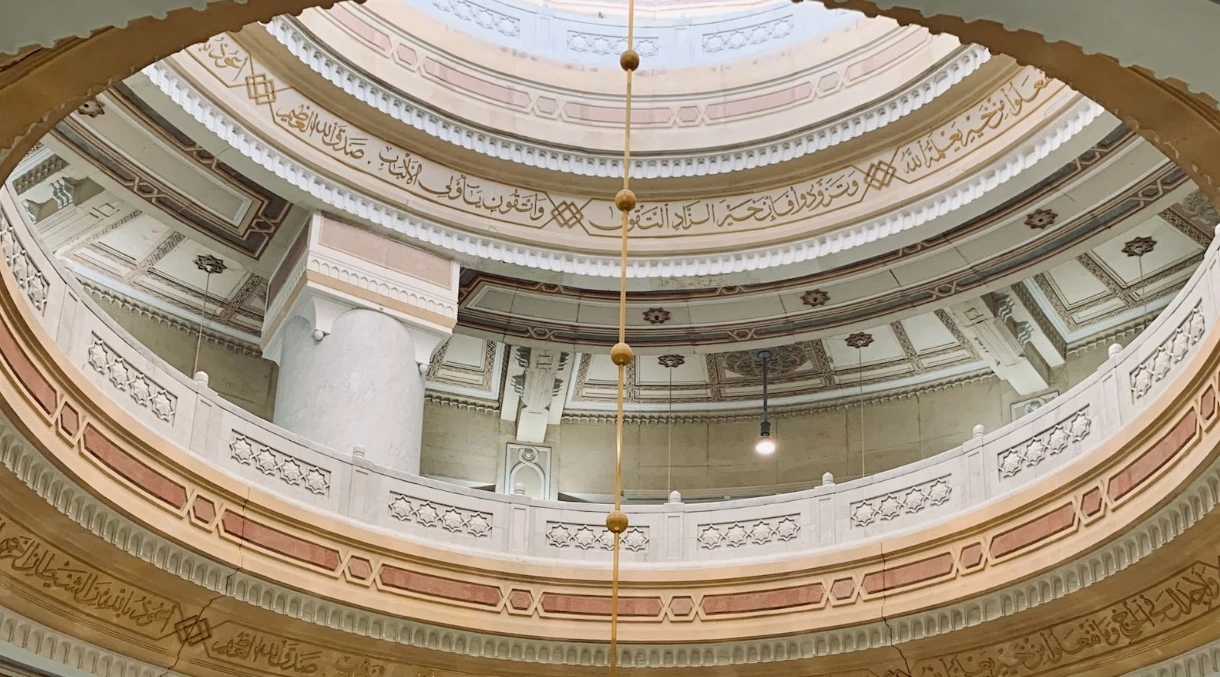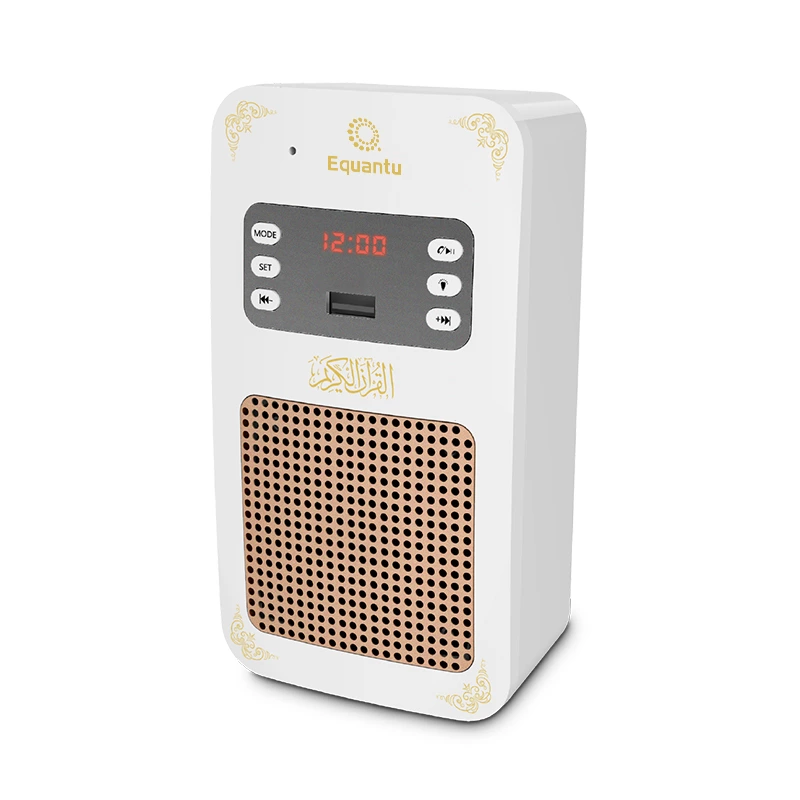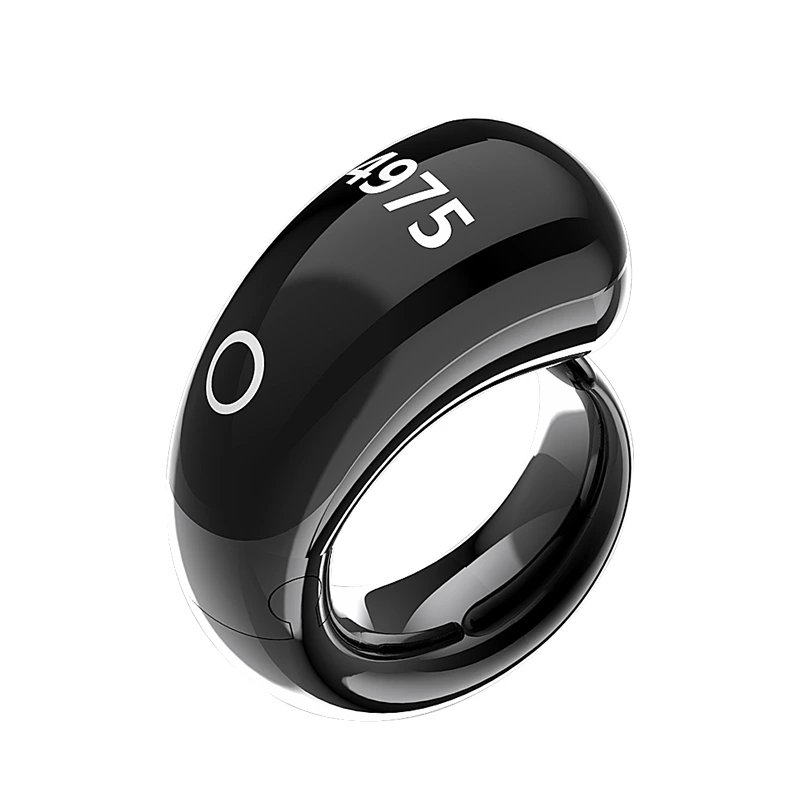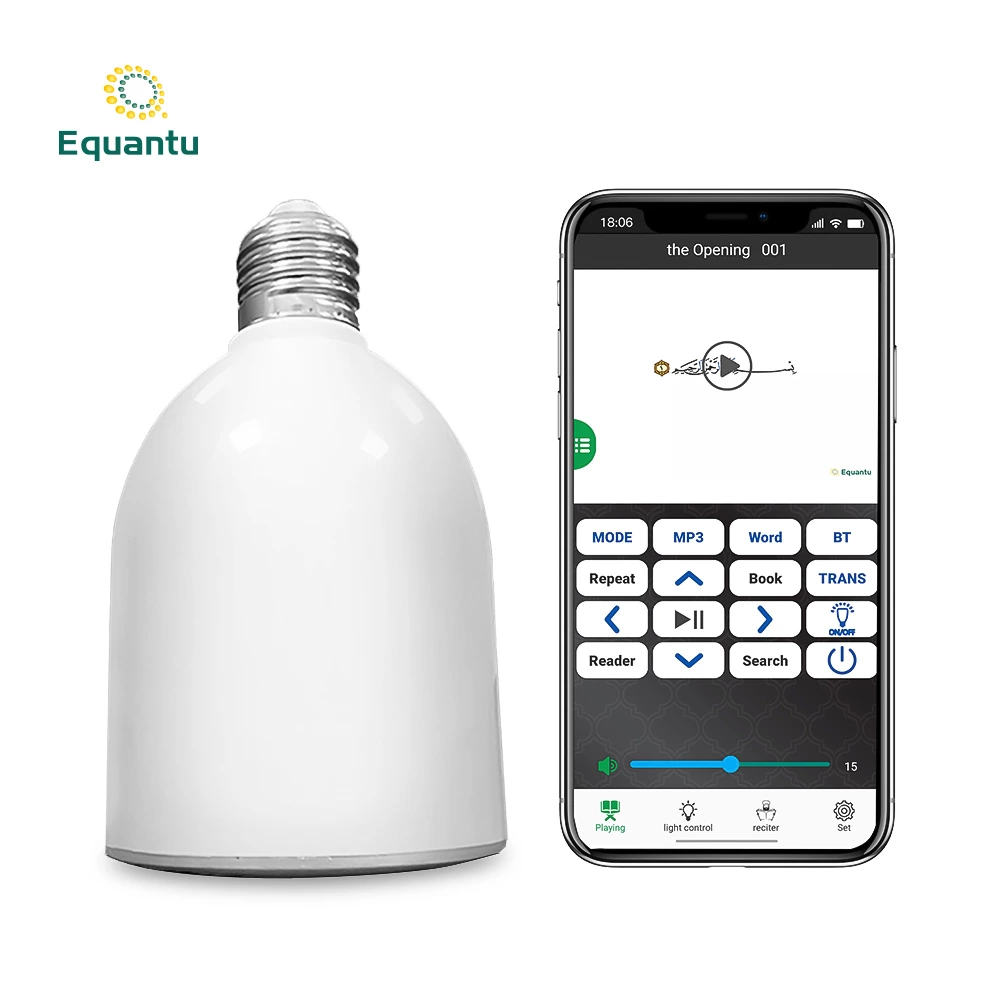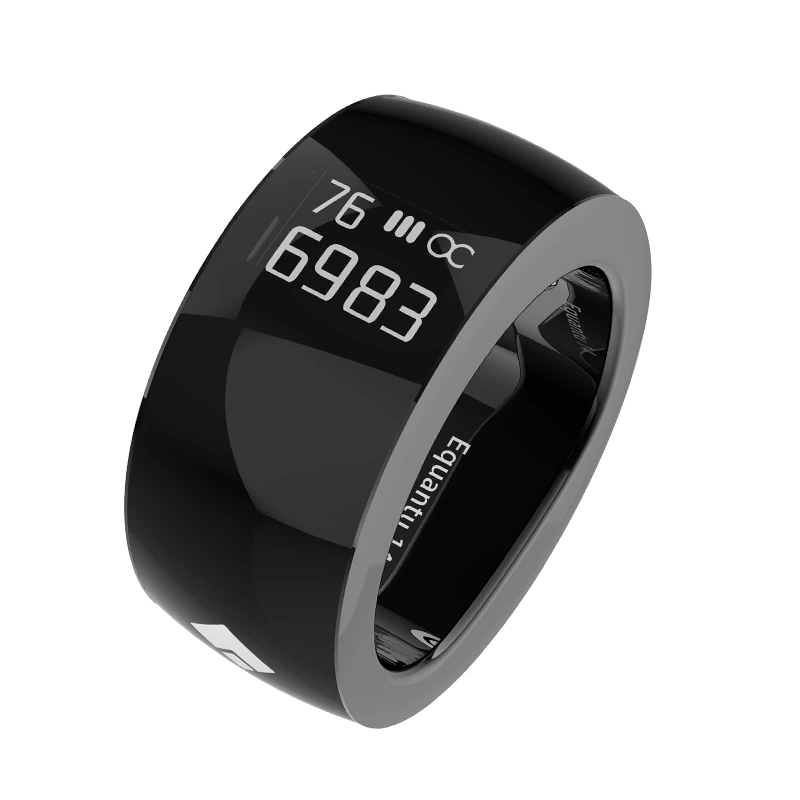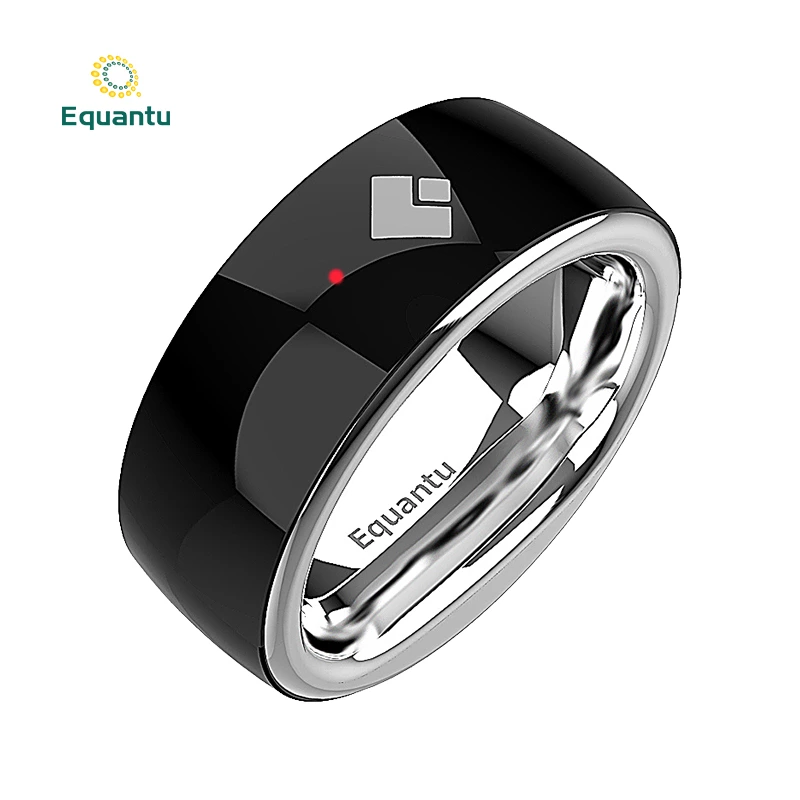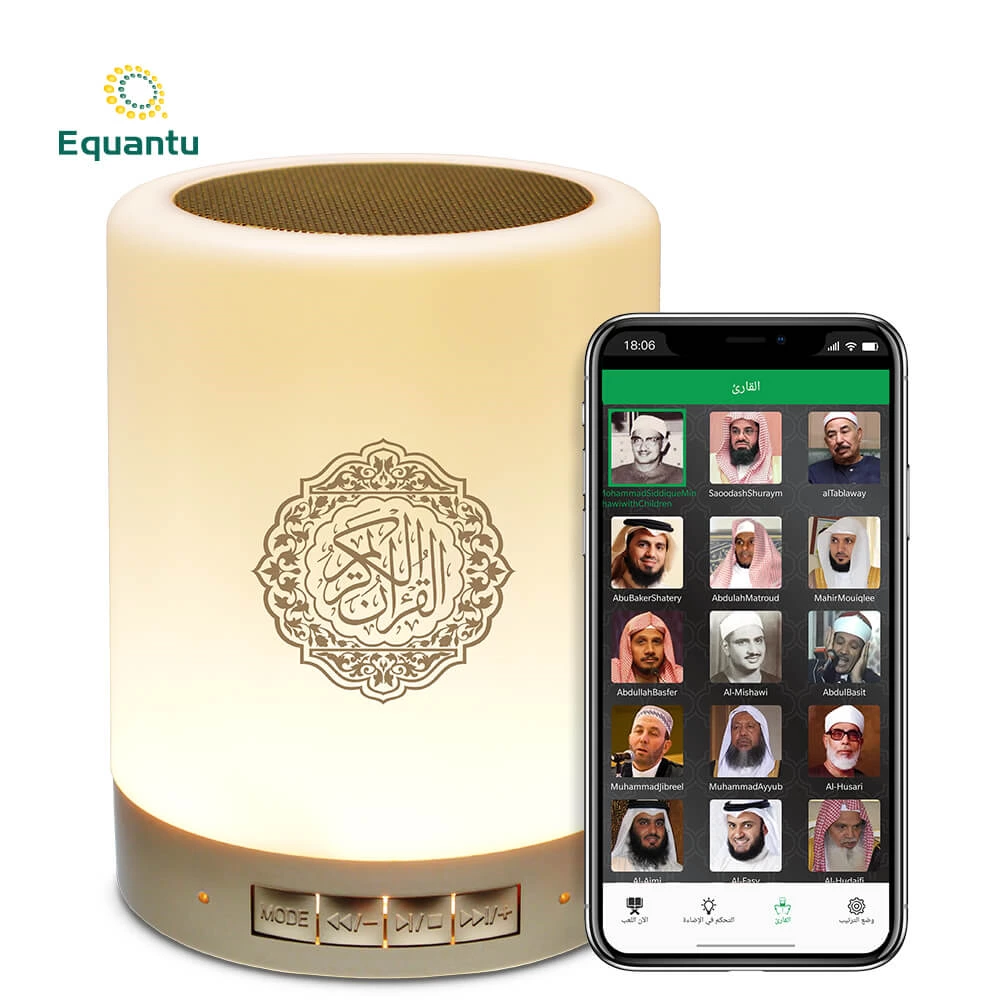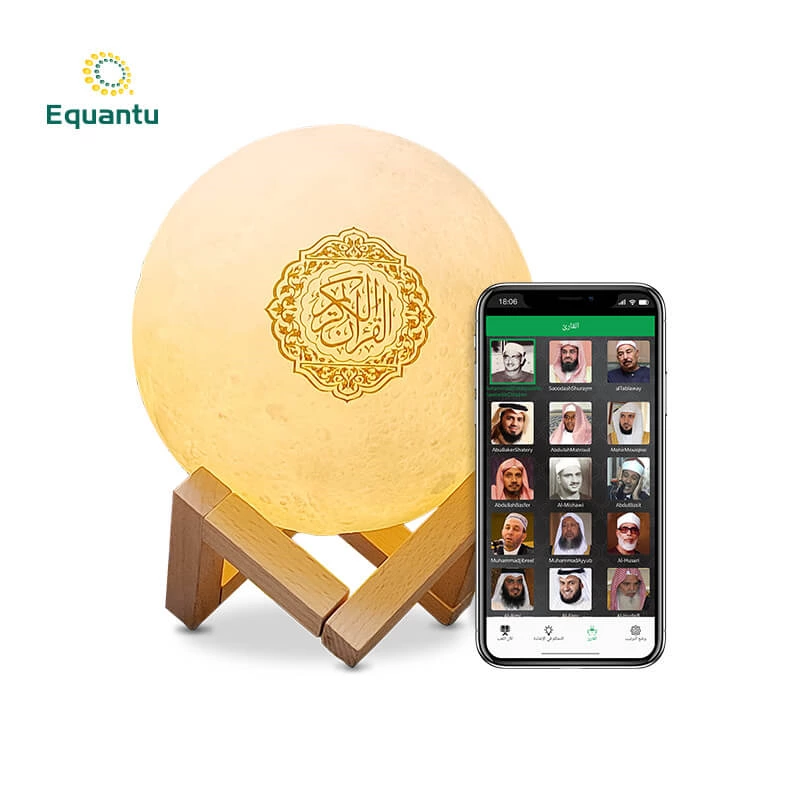The Evolution of Qibla-Finding Methods
Traditional Methods
- Astronomical Observations: Using the position of the sun and stars.
- Shadow Stick Method: Observing the shortest shadow cast by a stick.
- Magnetic Compasses: Simple, portable devices for directional guidance.
Modern Technological Solutions
- Smartphone Apps: GPS-enabled applications for precise Qibla direction.
- Websites and Online Tools: Web-based Qibla finders using geolocation.
- Smart Prayer Rugs: Prayer mats with built-in digital compasses.
- Wearable Technology: Smartwatches and fitness trackers with Qibla-finding features.
- Augmented Reality (AR): Using phone cameras to overlay Qibla direction on the real world.
Detailed Look at Modern Qibla-Finding Technologies
1. Smartphone Applications
Smartphone apps have revolutionized Qibla-finding, offering unprecedented accuracy and convenience.
Popular Apps:
- Muslim Pro
- Qibla Compass
- Qibla AR
Features:
- GPS and magnetometer utilization
- Real-time updates based on location changes
- Integration with prayer times and other Islamic utilities
Pros:
- High accuracy in most locations
- Easy to use and widely accessible
- Often free or low-cost
Cons:
- Reliance on battery life and internet connectivity
- Potential for technical glitches or inaccuracies in certain environments
2. Online Qibla Finders
Web-based tools offer a quick solution for those with internet access.
Examples:
- IslamicFinder.org
- QiblaDirection.com
How They Work:
- Users input their location or allow geolocation
- Algorithms calculate the Qibla direction based on coordinates
Advantages:
- Accessible from any device with internet
- No need to download additional software
Limitations:
- Requires stable internet connection
- May be less accurate than dedicated apps
3. Smart Prayer Rugs
An innovative blend of tradition and technology, smart prayer rugs are gaining popularity.
Features:
- Built-in digital compass
- LED lights indicating Qibla direction
- Some models include prayer time reminders
Benefits:
- Combines the traditional prayer rug with modern technology
- Helpful for travelers or those in unfamiliar locations
Considerations:
- Higher cost compared to traditional rugs
- May require periodic recalibration or battery replacement
4. Wearable Devices
Smartwatches and fitness trackers are increasingly incorporating Qibla-finding features.
Examples:
- Apple Watch with Qibla apps
- Fitness trackers with Muslim-centric features
Advantages:
- Always accessible on your wrist
- Often combined with other useful features like prayer time alerts
Limitations:
- Smaller screen size may affect usability
- Dependence on smartphone connectivity for some models
5. Augmented Reality (AR) Qibla Finders
AR technology offers an intuitive and visually engaging way to find the Qibla.
How It Works:
- Uses the phone's camera to display the real-world environment
- Overlays an arrow or indicator showing Qibla direction
Benefits:
- Highly intuitive and easy to understand
- Provides a visual context for the Qibla direction
Challenges:
- Requires a smartphone with AR capabilities
- May drain battery faster than traditional apps
Balancing Technology and Tradition
While these modern methods offer convenience and accuracy, it's important to consider their place alongside traditional practices.
Preserving Traditional Knowledge
- Encourage learning traditional methods as a backup and to maintain cultural heritage
- Understand the astronomical principles behind Qibla direction
Potential Overreliance on Technology
- Discuss the importance of not becoming overly dependent on devices
- Emphasize the spiritual aspect of seeking the Qibla, beyond mere direction-finding
Combining Old and New
- Suggest using both traditional and modern methods for verification
- Highlight how technology can enhance rather than replace traditional practices
Challenges and Considerations
Accuracy Concerns
- Discuss potential inaccuracies in digital tools due to factors like magnetic interference
- Importance of regularly calibrating devices and cross-checking results
Accessibility Issues
- Address the digital divide and accessibility of technology in different parts of the world
- Discuss alternatives for those without access to smartphones or the internet
Adapting to Technological Changes
- The need for continuous learning as technology evolves
- Importance of staying informed about the latest Qibla-finding tools and their accuracy
The Future of Qibla-Finding Technology
Emerging Technologies
- Discuss potential future developments like improved AR, AI-assisted Qibla finding, or integration with smart home systems
The Role of Islamic Scholars
- Importance of scholarly guidance in adopting new technologies
- Balancing innovation with Islamic principles
Conclusion
The integration of modern technology in Qibla-finding represents a fascinating blend of ancient Islamic practices and contemporary innovation. While these new methods offer unprecedented accuracy and convenience, they also present new challenges and considerations.
As Muslims navigate this technological landscape, it's crucial to approach these tools as aids to enhance our spiritual practice rather than replacements for traditional knowledge and methods. The essence of finding the Qibla remains the same – a sincere effort to orient oneself towards Allah in prayer.
Ultimately, whether using a smartphone app or traditional compass, the most important aspect is the intention and effort to face the right direction during prayer. As technology continues to evolve, it offers exciting possibilities for supporting Islamic practices, but it's the faith in our hearts that truly guides us towards Mecca and, more importantly, towards Allah.
By embracing the best of both worlds – the wisdom of tradition and the precision of technology – Muslims can enhance their prayer experience while staying true to the timeless principles of their faith.
